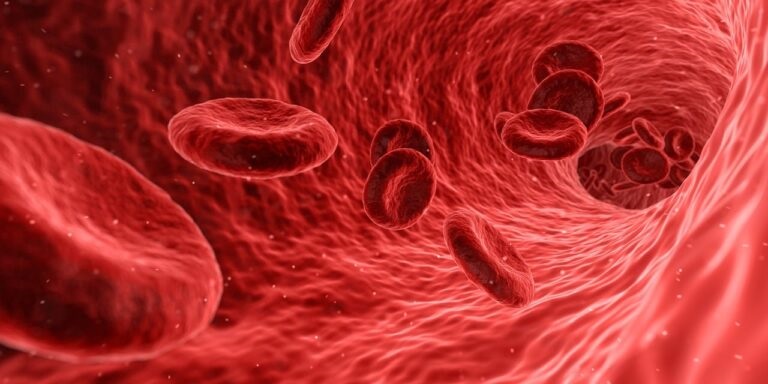Low-Frequency Ultrasound Improves Oxygen Saturation in Blood
Posted on 29 Jan 2024
Ultrasound technology has a wide array of applications in the medical field. It is used for breaking up kidney stones, destroying cancer cells, and more. Specifically, in the medical field, ultrasound operates at high frequencies, ranging from 2 to 12 MHz, for both diagnostic and therapeutic purposes. These high-frequency acoustic waves have a limited depth of penetration into the body, impacting external tissues more significantly than deeper internal organs. In contrast, low-frequency ultrasound waves can penetrate deeper, reaching internal organs with a more even distribution of sound pressure. Now, new research has revealed that low-frequency ultrasound can influence blood parameters, suggesting that the effect of ultrasound on hemoglobin could enhance oxygen transfer from the lungs to other tissues in the body.
This research involved the analysis of 300 blood samples collected from 42 patients with pulmonary conditions by scientists from Kaunas University of Technology (KUT, Kaunas, Lithuania) who exposed these samples to six distinct low-frequency ultrasound modes. They observed changes in 20 different blood parameters using blood analysis equipment. Additionally, artificial intelligence and machine learning algorithms were employed to predict the effects of ultrasound exposure on these samples. The study indicated that the influence of ultrasound on blood extends beyond just altering platelet count – it also impacts red blood cells (RBCs), which can lead to improved oxygen circulation and potentially lower blood pressure.

The research found that low-frequency ultrasound causes clumped RBCs to separate into individual RBCs. This dissociation allows hemoglobin molecules within RBCs to interact with oxygen across their entire surface area, which is more extensive than in aggregated RBCs, thereby enhancing the oxygen saturation in the blood. This decrease in the number of dissociated single RBCs per unit volume of blood, due to the spaces between individual cells compared to aggregates, leads to a decrease in blood viscosity and influences blood pressure. The scientists highlighted that the impact of ultrasound on the hemoglobin in RBCs was more significant than its effect on platelet aggregation, which is responsible for blood clotting.
“This means that low-frequency ultrasound can be potentially used for improving oxygen saturation in the lungs for pulmonary hypertension patients,” said KTU professor Vytautas Ostaševičius. “Keeping in mind the recent COVID-19 pandemic, we see a huge potential in exploring the possibilities of our technology further.”
Related Links:
Kaunas University of Technology














